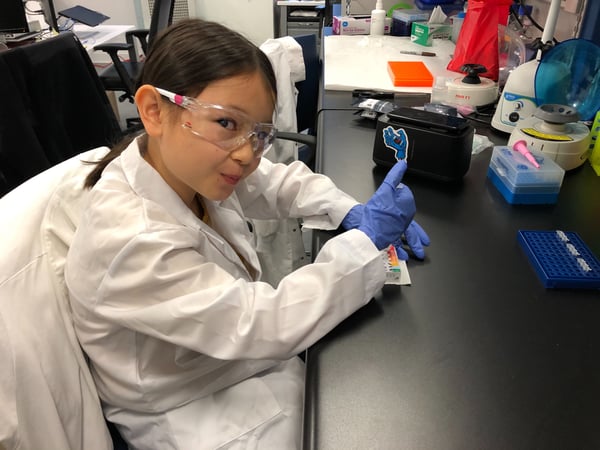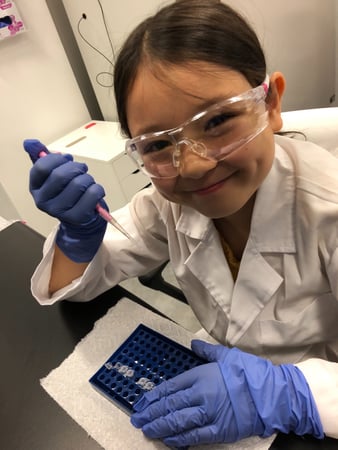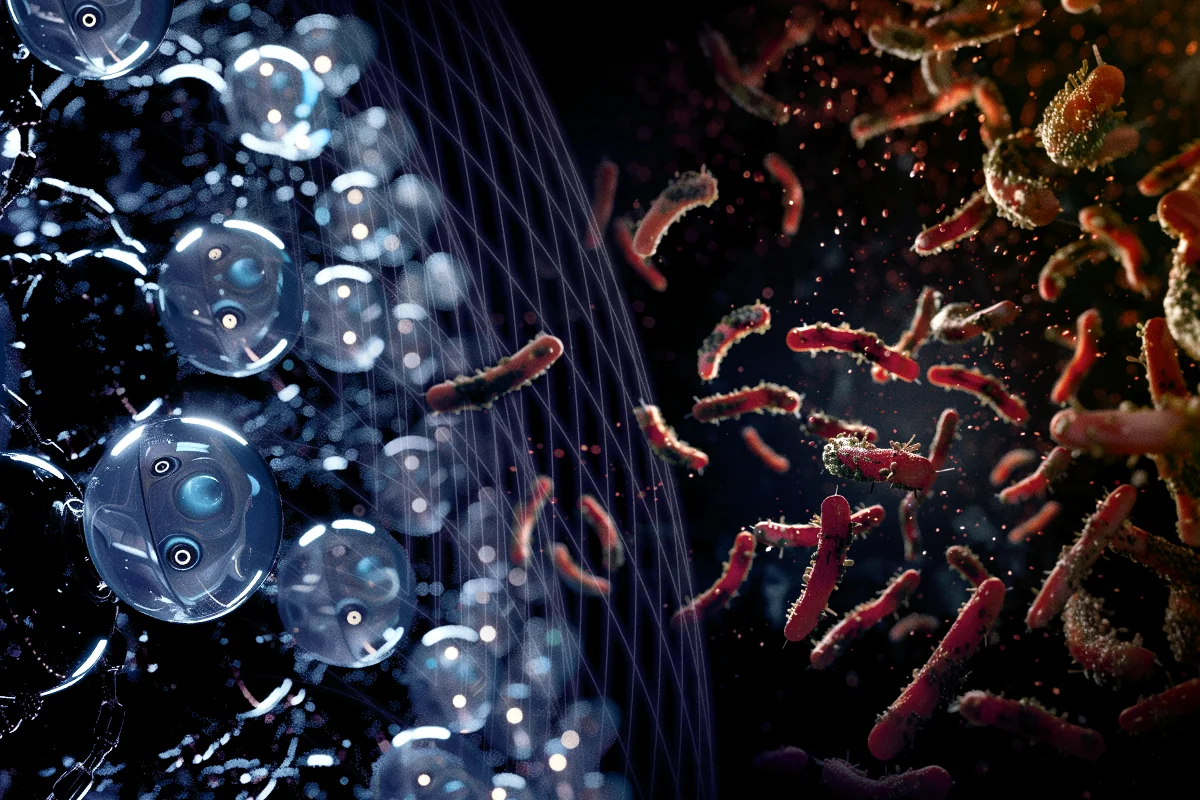
Written By: Biomeme Staff
Whether you’re in a remote location tracking the next pandemic, or an endangered species, you need to make decisions FAST. In the past, you relied on DNA/RNA detection via real-time PCR that was traditionally performed in a lab by a scientist. Now with Biomeme, it can all be done on-site by anyone so time-sensitive decisions can be made quickly.
Kary Mullis invented PCR (polymerase chain reaction) in 1984. It is a tool used to amplify and detect targets in DNA and RNA. Real-time PCR allows you to see the amplification of specific targets in real-time as the test runs. It was considered a major breakthrough in science and was widely adopted by scientists across the globe. DNA is everywhere and can be used to detect disease, identify plant and animal species, protect endangered species, test food and water quality, and more. The possibilities are endless.
The process of real-time PCR begins long before the test begins. To start, you need to collect your sample. Sample collection could occur anywhere - in remote areas, at hospitals and doctors offices, lakes, cities, homes, factories, etc. When you collect your sample on-site, it must be preserved and transported from the site to the lab, which could take anywhere from hours to days or even weeks. Some samples need to be refrigerated during transport, which can be expensive, and could degrade your sample during the transport process.
After the sample is delivered to the lab, it needs to be prepared for testing. In order to prepare your sample for testing, you need:
The process of extracting DNA or RNA from your sample can be extremely complicated and requires following specific instructions included in each kit.
Now that the sample is “prepared” (I.e., the nucleic acids have been extracted and purified), the assay needs to be developed. Assay development requires significant lab expertise for many reasons including:
All of the above components in the assay need to be aliquoted out into various concentrations with great care to prevent contamination and the final reactions pipetted into the test tubes individually, which means spending a considerable amount of time pipetting anywhere from 25 to 27 components in one test tube.
Once your sample and assay are prepared, the tubes can be loaded into the PCR device to run the test. Most real-time PCR tests take about one to two hours to complete. Most lab-bound PCR devices, like the Bio-Rad CFX96, have the ability to run 96 test reactions at the same time, but the test must be run in a lab with electricity. It also requires access to the thermocycler’s sometimes complex desktop software to determine the test settings for the specific samples and targets, requiring a PCR expert.
Once the test has finished, the software will display the results using amplification plots and charts which can only be interpreted by an expert in PCR.
All in all, running real-time PCR using traditional lab equipment can take anywhere from a few hours to a few days. Each step in the process takes time to complete, and could potentially decrease the sensitivity of your sample.
By now you must be saying to yourself, real-time PCR sounds complicated, can it really be done anywhere, by anyone?
Yes! With the Biomeme platform, even a 6-year old can do real-time PCR! Biomeme took the traditional lab-based PCR methods and simplified them so the test can be run anywhere, at anytime with minimal equipment and expertise.
 |
 |
Like lab-based PCR, a sample needs to be collected to start. The difference with Biomeme is that once the sample is collected, it can be tested on-site without shipping to a lab. If your use case is time or location-sensitive, this can save days to weeks of transportation, prevents potential export controls headaches, preserves sample quality, and reduces overall cost.
Since you can run your test on-site, once you collect the sample, you can immediately move to the next step - sample prep. With Biomeme’s M1 Sample Prep, a sample can be prepped and ready to test in two to five minutes and is so easy, anyone can do it - even a child!
Once the sample is purified it can be transferred to Biomeme Go-Strips. Biomeme Go-Strips are field-ready, pre-mixed and room temperature stable. The assays are lyophilized (freeze-dried) in Go-Strips, so the only step is transferring the sample into the tube using our fixed volume pipette so there is no guessing how much of what to add, which takes seconds. In addition to the simplicity, since the full volume of the test is the purified sample, this increases sensitivity and offers gold-standard results.
Once your Go-Strips are prepared, they can be loaded into the Biomeme Franklin Thermocycler to run the test. Most tests take about 30 to 45 minutes to complete and you can simultaneously test for up to 27 targets. Since the Franklin is battery powered, it can be run in the field without electricity or internet connection. All you will need is a smartphone with the Biomeme Go app running to start the test.
The Biomeme Go app is so easy to use that it gives anyone the ability to run a PCR test - no PCR knowledge required! Using the app, simply scan the QR code on the Biomeme Go-Strip package to automatically load the test settings. Once the test is complete, you can see the PCR amplification plot, Ct/Cq values and a foolproof result that tells you if your target is “Detected” or “Not Detected.” Easy-to-read test results means you have the information you need to make fast, accurate decisions while in the field.
With Biomeme, a real-time PCR test can be run from start to finish in under one hour!
Running real-time PCR tests at the point of sample and getting fast, accurate results will enable people to make fast decisions related to food and water quality, endangered species, wildlife protection, infectious diseases, border control, and more. So, the next time you need to make a decision fast, don’t wait days to get back to your lab to run the test, do it at the point-of-need by bringing your lab to the sample!
Get the latest tips from Biomeme shipped right to your inbox

From the battlefield to the kitchen table and everywhere in between, antibiotic resistance is cropping up in—and being battled—in new and evolving ways. Antibiotic resistance (ABR) fits under the...

Overuse of antibiotics has led to a losing battle against mutating, drug-resistant bacteria. A restrained approach to antibiotic prescription will be key to addressing this massive global health...
401 North Broad St Suite 222 Philadelphia, PA 19108